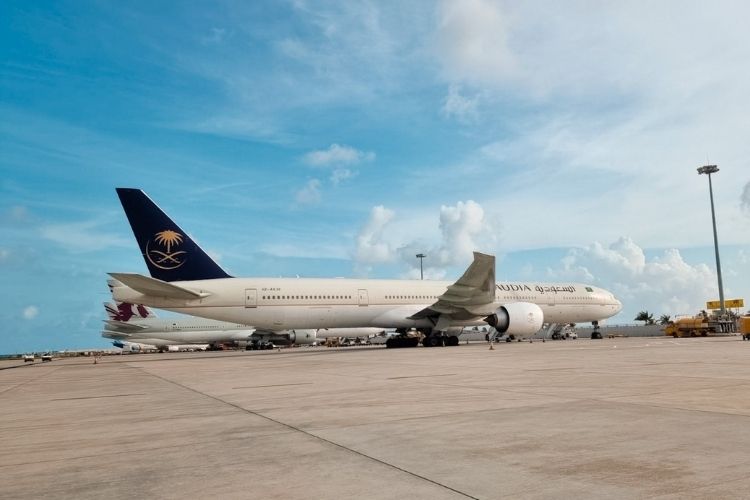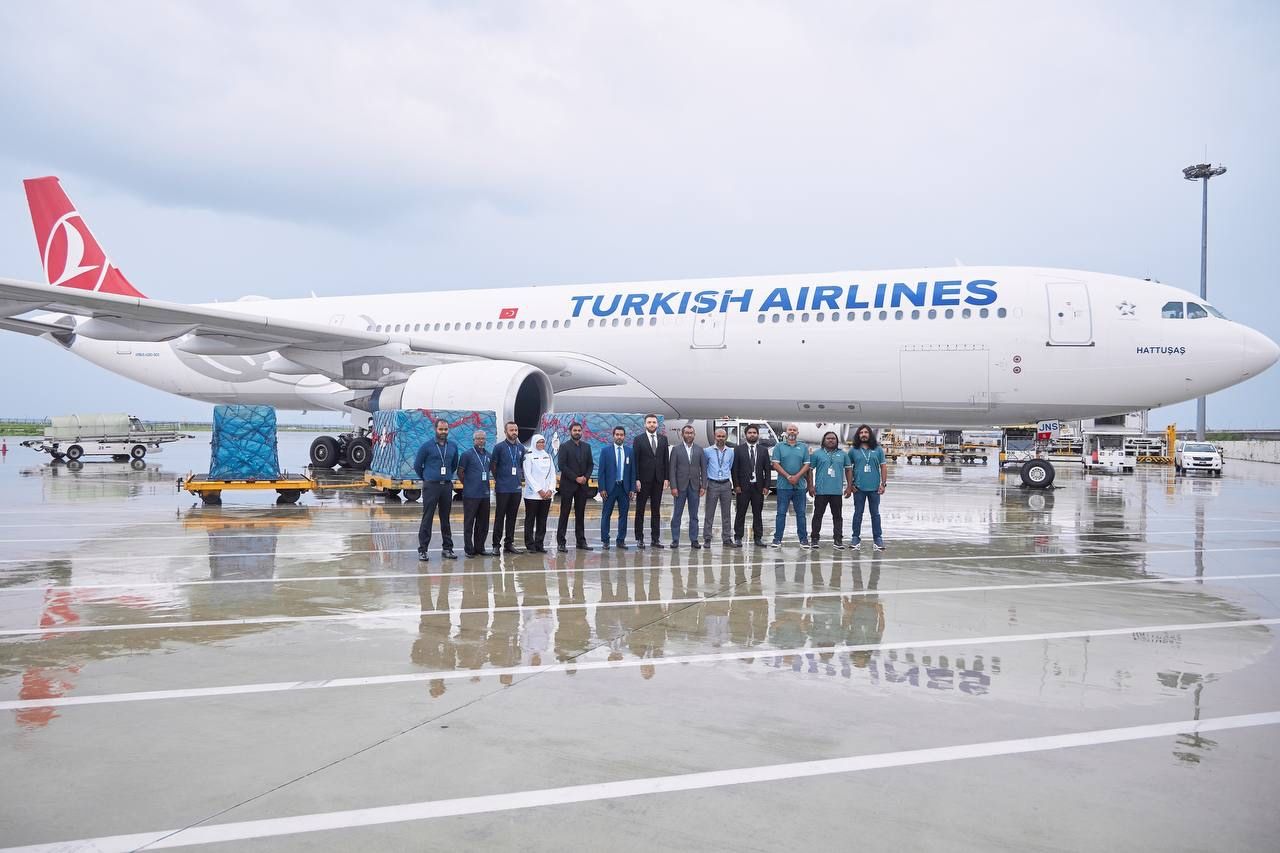The national flag carrier of Saudi Arabia, Saudia started flight operations to the Maldives on 20th May 2021. According to Velana International Airport, the airline will operate four weekly flights to the tropical holiday destination.
Earlier Saudia Airlines issued travel guidelines for 38 countries including the Maldives. The borders of Saudi Arabia is open for vaccinated citizens. Before departure, Saudia requires travellers to take a PCR certificate from an accredited screening centre in the Kingdom of Saudi Arabia.
Upon returning to the kingdom, travellers must also quarantine for 7 days at home. Moreover, at the end of the week, they must take a PCR test.
Saudi Arabia lifted the suspension of its citizens to travel abroad on 17th May 2021. According to Reuters, citizens of the Kingdom who received two shots of the vaccine (or one shot at least two weeks before travel), recovered from COVID-19 within the last 6 months and the citizens under 18 are allowed to travel.
Also read: Maldives Records Over 400,000 Tourist Arrivals in 2021
Saudi Arabia and the Maldives maintain close bilateral relations. The kingdom has supported the island nation in several project developments and infrastructure projects, including Velana International Airport’s development.
A total of 30 airlines are operating flights to the Maldives as of 23rd May 2021. Major airlines including Qatar Airways, Emirates, and Etihad Airways started operations to the tropical holiday destination in the early days when the country reopened its borders.
According to the latest statistics from the Maldives’ Ministry of Tourism, 437,995 tourists have arrived in the island archipelago between 1st January 2021 and 21st May 2021. This is an increase of 14.4% compared to the same period of 2020.
The Maldives aims to welcome over 1.5 million tourists in 2021. Furthermore, it has been projected Maldives’ GDP will grow by 17.1% in 2021 and 11.5% in 2022 thanks to tourism.
Feature image by Velana International Airport







